Visiting Europe? Read these essential tips first
Know before you go
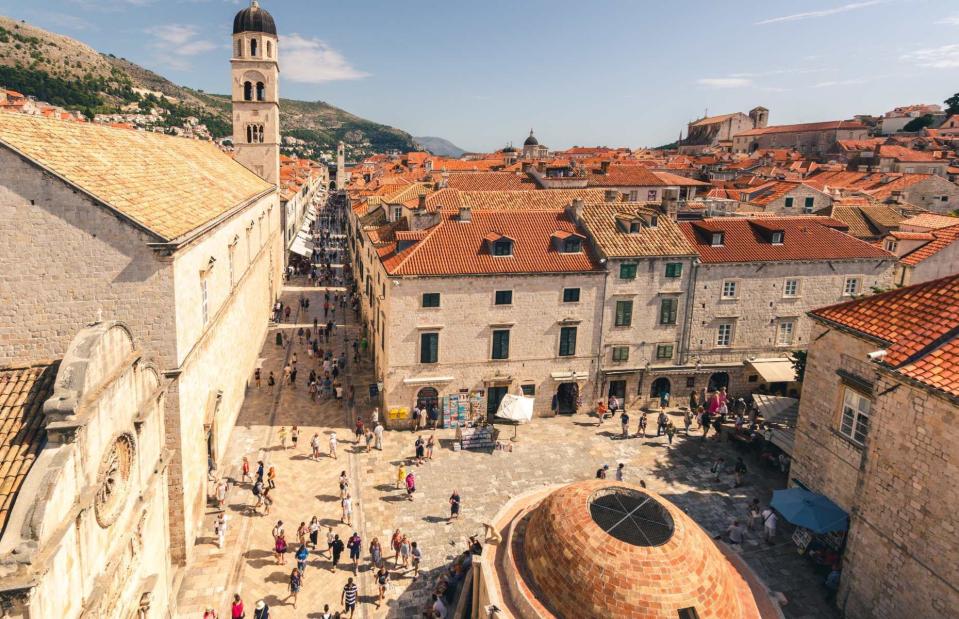
Emanuel Metzenthin/Shutterstock
Taking a trip to Europe is something of a rite of passage among travel lovers. But whether you’re planning a multi-country tour or just a short stay in one place, there’s a lot that you should – yet might not – know about visiting the world’s second smallest continent.
Knowledge is power and we’ve got your back, so here’s what to expect and prepare for.
European countries are not homogeneous

Alice-D/Shutterstock
When travellers say they’re “going to Europe”, it can mean they’re making multiple stops across the continent, or just visiting one country. As with other continents, Europe is sometimes perceived as one great homogeneous blob – all gingerbread-house architecture, wartime relics and gelato stands. But, made up of more than 40 sovereign states speaking 24 official languages, this continent is endlessly surprising. Did you know that Spain is home to mainland Europe’s only true desert (pictured), or that Bosnia-Herzegovina boasts its largest rainforest?
Forget stereotypes

Tanya Yatsenko/Shutterstock
Cultural stereotypes are something every responsible traveller should leave at the door. They breed idle assumptions that when left unchecked can grow into harmful prejudices and unconscious bias. Common stereotypes like binge-drinking Brits, grumpy Eastern Europeans and lazy Spaniards are not only massive generalisations, but they are also completely unfair. So come without preconceptions and just talk to the people you meet along the way before forming an opinion. Travel is one of life’s most effective expanders of the mind, after all.
Not every country uses the euro

VAKS-Stock Agency/Shutterstock
The euro (€) is the official currency of several states both in and outside the European Union (EU). Finland is the only country in Scandinavia to have adopted it, while countries such as Switzerland, Hungary, Poland and Bosnia-Herzegovina have retained their original currency. Great Britain and Northern Ireland use the pound, while the Republic of Ireland has the euro. Croatia became the most recent country to switch to the euro when it discontinued its use of the kuna in 2023.
Check when your passport expires
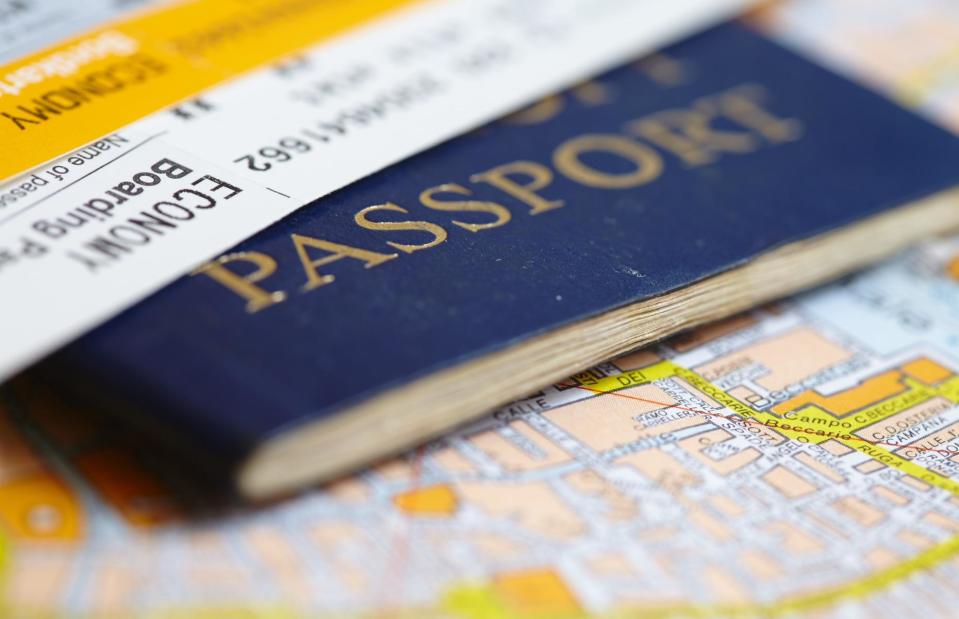
allstars/Shutterstock
When the UK ‘Brexited’ the EU, the rules on travel between the two estranged areas changed. Now, Brits travelling from home to the EU must have a passport valid for at least three months past their departure date. The same can be said for nationals of other foreign countries too: Australians and Canadians travelling to Europe should have at least three months of validity left on their passports from the date they intend to leave the continent, while US citizens are advised to have no fewer than six months of passport validity past their last day in Europe.
What is the Schengen Area?

Alberto Loyo/Shutterstock
The Schengen Area is a coalition of 27 European countries that allow borderless travel between them. Travellers from several countries, including the UK and the US, do not need a visa to visit any Schengen nations and can travel freely in as many countries as they like for up to 90 days within a 180-day period. While you wait for your Schengen Area travel allowance to refresh, you can also travel in the non-Schengen countries of Bulgaria, Cyprus and Romania for 90 days within a 180-day window visa-free.
Hand luggage only? One size doesn’t fit all
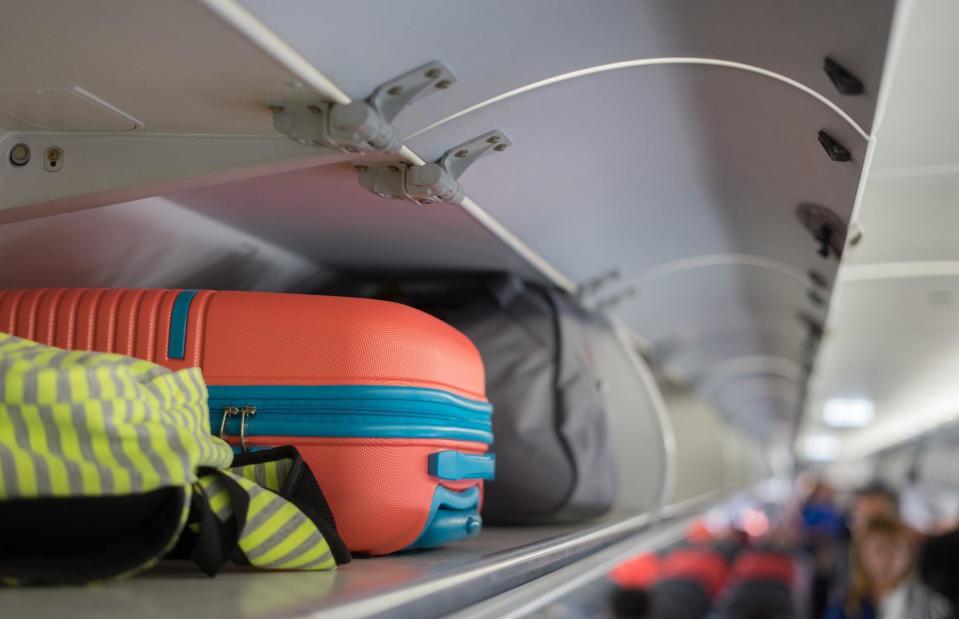
Have a nice day Photo/Shutterstock
Frustratingly there is no standard allowance across all airlines when it comes to the size and weight of cabin baggage, which regularly slaps unsuspecting travellers with unwanted extra charges. Your free hand luggage allowance will also vary from carrier to carrier; British Airways is the most generous – you can bring one 56x45x25cm bag and one 40x30x15cm bag into the cabin with you, whereas budget airlines like Ryanair, easyJet and Wizz Air are much more stingy. The EU is ultimately looking at eliminating carry-on baggage fees but until then, be sure to do your research.
Trains and buses are (mostly) the best ways to get around

Maksim Safaniuk/Shutterstock
You can avoid a lot of the hand luggage drama entirely by travelling through Europe, as opposed to over it. Overland adventures on the continent have never been easier to plan, with many countries (eg Germany and Spain) implementing affordable ticket schemes for those choosing to travel more sustainably. Luxembourg’s public transport network has been completely free to use since 2020, while France banned domestic flights in 2023 where the same journey could be completed by train in less than two and a half hours. On the flip side, the UK’s public transport system is notoriously overpriced.
You sometimes need to validate your tickets

frantic00/Shutterstock
Italy has very strict rules about the need for regional train and local bus tickets to be validated before use – and there’s a hefty fine to pay if you don’t. While Trenitalia’s high-speed and intercity trains are ticketless, you’ll need to get physical regional tickets and rail passes date-stamped before departure by the ticket office or a machine like the one pictured here; e-tickets can be validated online. Ticket validation is gradually being phased out in France, but is still required in some regions. So if you see a ticket-validating machine, use it.
Bring a universal plug adaptor

Freer/Shutterstock
Don’t get caught out by thinking there’s just one standard kind of power socket for the whole continent. While most countries in mainland Europe have C and F-type sockets, G sockets are more common in the UK, Ireland, the Channel Islands, Cyprus, Gibraltar and Malta. Venture north to Denmark and its territories and you could encounter E or K-type sockets. To avoid any inconveniences in your destination, pack a universal adaptor that allows you to hook up USB cables and switch plug types with the press of a button.
Save on your phone usage

A_B_C/Shutterstock
If you’re lucky, your phone’s network provider might allow you to use your calls, texts and data throughout Europe as part of your existing plan. If that’s not the case, consider investing in a data-roaming add-on that could save you money if you travel regularly – purchasing packages as you go can often work out more expensive for less allowance. Otherwise, prepaid SIM cards designed for travellers also cover multiple countries for days and even months at a time.
Carry a bit of cash

Kamil Zajaczkowski/Shutterstock
Yes, even in today’s mostly cashless society, sometimes cash is king. While it can feel cumbersome and unhygienic to cart around, it’s better to have a safety net of notes and loose change in your bag than running into trouble if the card machine isn’t working in the cafe you’re eating in or if, heaven forbid, you were to lose your bank card or phone. Just remember to keep your money safe, secured and concealed at all times.
Always pay in the local currency

Jacob Lund/Shutterstock
If you’re withdrawing cash from a European ATM or paying for something on your card while on the continent, always pay in the local currency rather than your own. This will ensure you’re not being fleeced by bad conversion rates that could cost you up to 10% more than if you’d opted for the local legal tender when prompted. Banks like Revolut, Monzo and Starling offer some of the best exchange rates on the market when using their payment cards or apps abroad.
Expect crowds even in the off-season
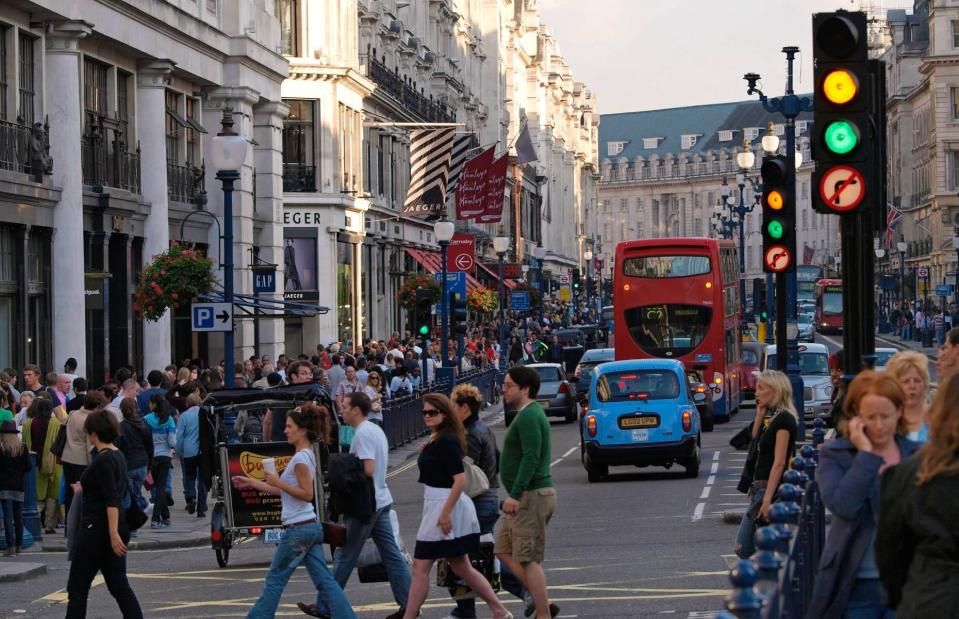
Lourens Smak/Alamy
Even if you’re visiting a European destination between November and March – deemed the off-season – it’s likely that city streets and Insta-famous tourist attractions may still be busier than you might expect. The cooler temperatures, wetter weather and shorter days might be enough to dissuade some people from booking an off-season trip to places like Stockholm, Prague, Edinburgh or London, but you’ll be far from the only one braving it in the name of lower costs.
Avoid falling victim to visitor caps

nito/Shutterstock
Greece became the latest European country to impose visitor limits on one of its foremost attractions in 2023 when the Acropolis of Athens began capping the number of daily tourists at 20,000. To protect the longevity of the ancient UNESCO site and the comfort of everyone who wants to see it, visitors must book a one-hour entrance slot in advance. Elsewhere, tourism caps have also been applied on hire cars touring Italy’s Amalfi Coast Drive at busy periods – if your number plate ends in an odd number, you can’t access the road on odd-numbered days, and vice versa.
Pack a comfy pair of walking shoes
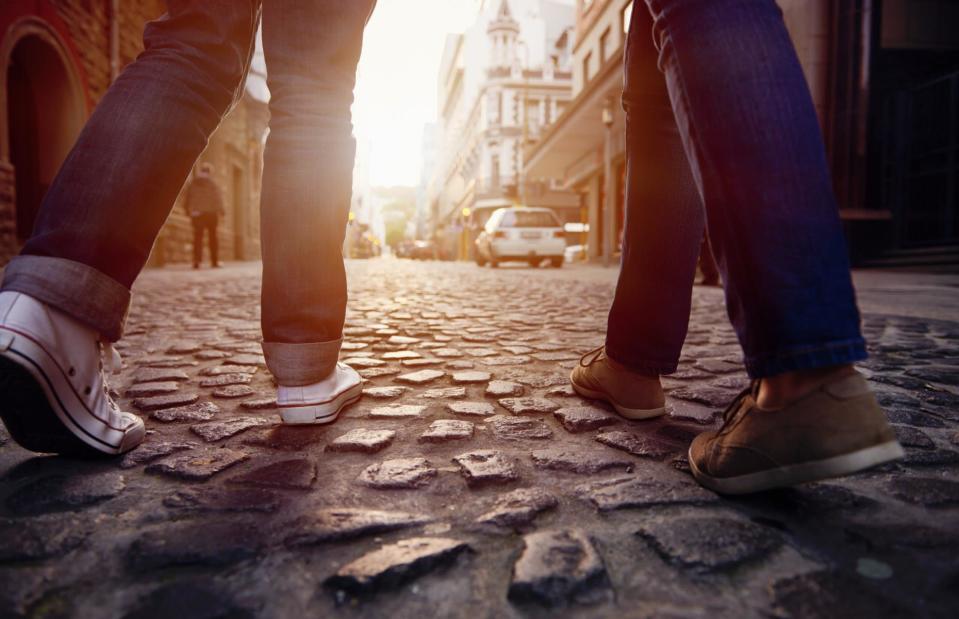
Daxiao Productions/Shutterstock
It's amazing how quickly your pedometer will tick up while exploring Europe, without you even really having to think about it. Wandering cobbled medieval streets, coast paths, nature trails and around sprawling museums, you'll surpass that 10,000 daily step count in no time. Be sure then to pack your favourite pair of trainers or most sturdy hiking boots – shoes that aren't just supportive but breathable, to avoid unwanted travel buddies like blisters and ingrown toenails.
There are countries where your budget will go further

trabantos/Shutterstock
While the term ‘cheap’ is subjective, we think most will agree that paying less than a euro for an espresso is an absolute steal – and almost unheard of. But that's the going rate in Bulgaria, an oft-overlooked nation at the confluence of the Black Sea and the Balkan Peninsula's highest peaks. Its neighbour Romania is also touted as one of Europe's more affordable destinations, as well as the likes of Estonia, Poland and Czechia.
Sleeping under the stars isn’t a given

Rawpixel.com/Shutterstock
If you’re planning to save money on accommodation by wild camping your way around Europe, you should know that pitching your tent is subject to different rules in different countries and often involves a lot of red tape. In the UK for instance, wild camping is illegal without the landowner’s consent almost everywhere, apart from the majority of Scotland and Dartmoor National Park in England’s southwest. Sweden, Norway and Finland have right-to-roam laws that allow camping freely in nature, provided you leave no trace.
These are the countries most supportive of the LGBTQ+ community
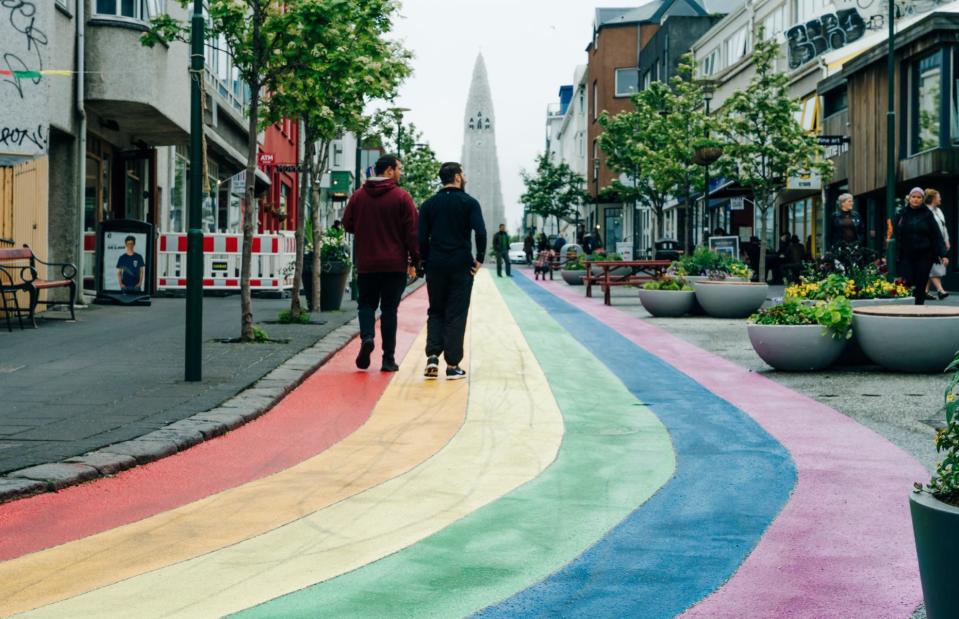
Brester Irina/Shutterstock
Though attitudes towards the LGBTQ+ community have become more accepting in recent years across the continent, there are countries that are considerably more inclusive and celebratory than others. At the time of writing, ILGA-Europe (the European Region of the International Lesbian, Gay, Bisexual, Trans and Intersex Association) ranked Malta, Belgium, Denmark, Spain and Iceland as the top five European countries where people of all sexualities and gender identities should feel safe. At the bottom of the table, Armenia, Turkey and Azerbaijan rank lowest for LGBTQ+ tolerance.
These are some of Europe’s most accessible cities

Robson90/Shutterstock
Persons with disabilities, elderly people and families with children all might need to consider the accessibility of a city before visiting. And looking at those that have placed either first, second or third in the Access City Award is a good starting point: Stockholm, Lyon, Berlin, Warsaw, Milan, Luxembourg (pictured), Ljubljana, Rotterdam and Salzburg have all been recognised in the past. If you require elevators or ramps to get around, you might want to skip London – only 92 Tube stations out of the 272 in the metro network provide step-free access from street to platform.
Table for one?

Hadrian/Shutterstock
If there's one thing solo travellers universally dread, it's dining alone. In reality, no one bats an eye when you say “mesa para uno”, but what if you can’t even get a table in the first place? In August 2023, Lonely Planet reported that solo diners were being denied seats at restaurants with outdoor terraces in Barcelona, with larger groups taking priority. But worry not, there are plenty of amazing restaurants that do welcome solo customers, such as BENZiNA in the lively Sant Antoni neighbourhood. Wherever you travel solo in Europe, it's worth noting that some restaurants won't take reservations for one, so prepare to be flexible.
Businesses might shut down for certain days and siestas

Iryna Inshyna/Shutterstock
Looking to eat out when you're travelling around Europe? You might find it easier to make a reservation on some days than others. While not all restaurants shut down on Sundays and Mondays as a rule, you might notice that many do. So leave yourself enough time in the planning process to account for a bit of extra research. Shops will often close early (if not completely) on Sundays too, while in typically warmer countries like Spain, Italy and Greece, businesses may also pause operations during afternoon siesta time, especially in more rural communities.
Know when you’re not wanted
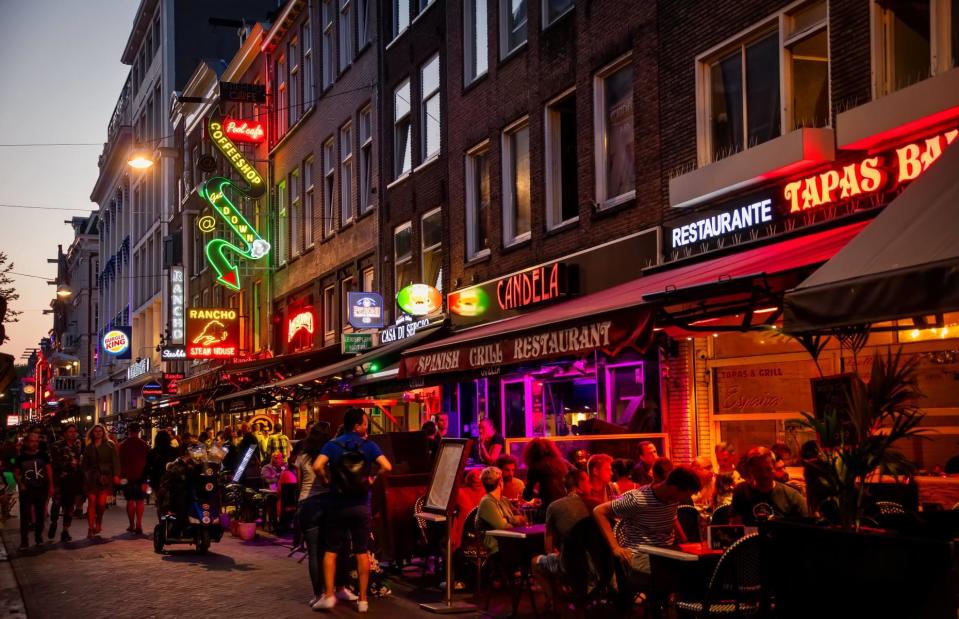
Ververidis Vasilis/Shutterstock
Overtourism has become a major blight in some of Europe’s cities, whose fatal flaw is their aesthetic beauty and party-loving nightlife districts. But enough is enough, says Amsterdam, which will increase its tourist tax in 2024 in line with restrictions the city recently placed on cruise ships. The hike will mean Amsterdam breaking its own record for the highest tourist tax in Europe – maybe even the world. Spanish destinations like Seville, Mallorca and Barcelona are also clamping down on rowdy visitors eliciting antisocial behaviour.
You can’t even eat ice cream on this Italian beach
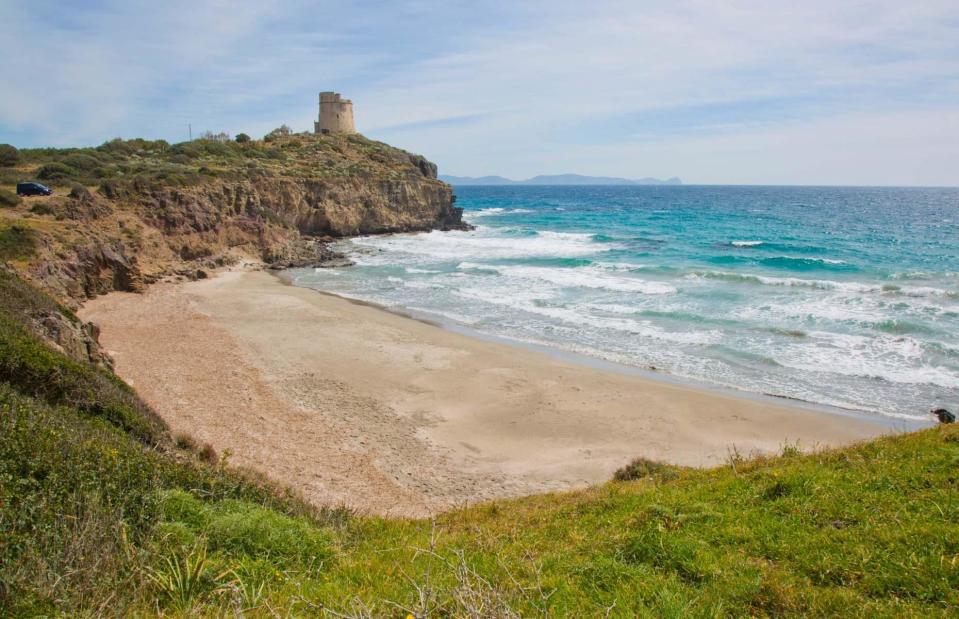
FABIO MURRU/Shutterstock
Italy is one of the more vocal countries when it comes to making rules to deter irresponsible tourism and pollution. In summer 2023, it was reported that beachgoers at Sant’Antioco in Sardinia could be slapped with a €500 (£437/$546) fine for eating food of any kind on the beach. Milan has also recently been cracking down on eating, banning late-night/early-morning takeaways, while consuming food on the streets of Florence's historic centre is also prohibited between set times. In Rome, tourists could be fined for sitting on the iconic Spanish Steps or wading in the Trevi Fountain.
Don’t bring wheelie suitcases to this historic city
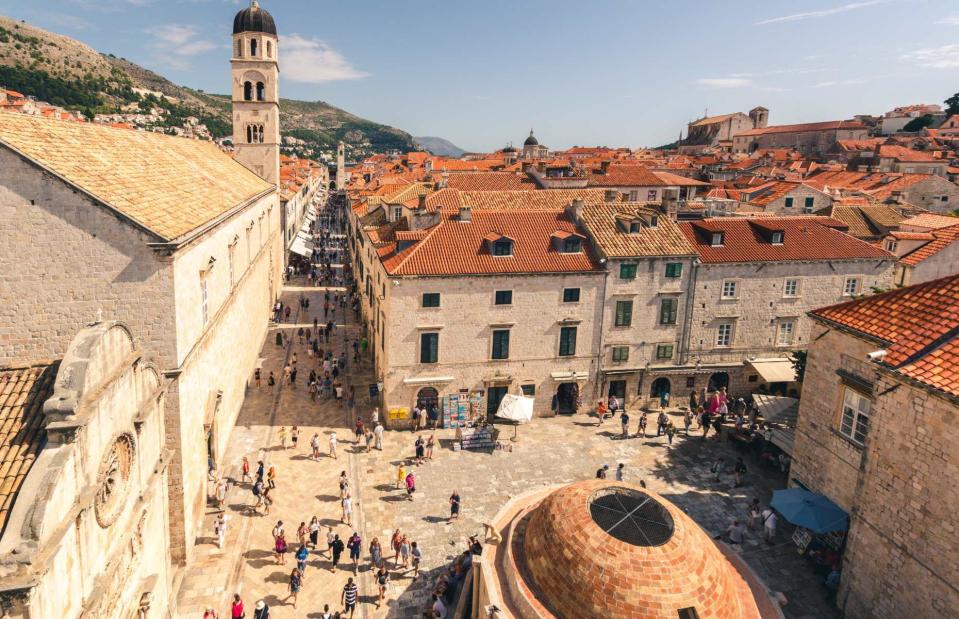
Emanuel Metzenthin/Shutterstock
Elsewhere, ‘Pearl of the Adriatic’ Dubrovnik is urging travellers to respect the city, having launched a tourism campaign in 2023 encouraging people to carry their suitcases through the ancient old town instead of raking them across the battered cobbles. This comes after UNESCO has previously threatened to strip Dubrovnik of its World Heritage Site status due to its problems with mass tourism. While the word about wheeling suitcases through the city’s historic centre isn’t a concrete ban, visitors should still be mindful of the impact they make on any destination they travel to.
There’s more than meets the eye

Helen Hotson/Shutterstock
While Europe’s most talked-about places are popular for a reason and shouldn’t necessarily be dropped from your itinerary, there is far more to this little continent than what you see on social media. For instance, Scotland isn’t all just moody castles and rugged highlands – it has Caribbean-like beaches, like the one pictured here on the Isle of Harris. You’ll be vastly rewarded for venturing beyond Croatia’s Dalmatian Coast and Iceland’s Golden Circle, and considering the countries you don’t see documented as much, such as Kosovo, Albania and Lithuania.
Visiting the UK is about to get more expensive
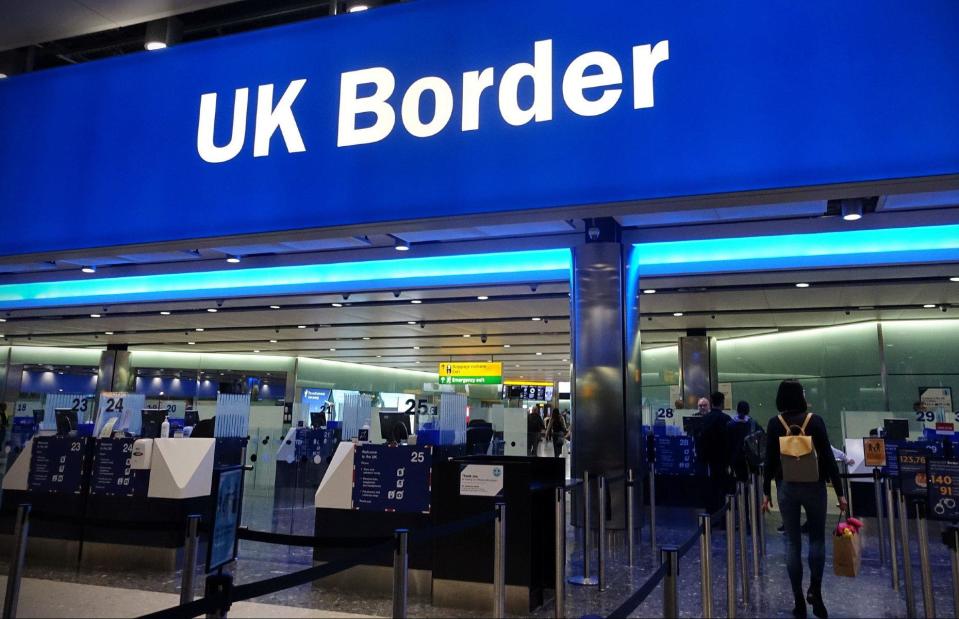
1000 Words/Shutterstock
As part of ongoing plans to digitise its borders, the UK is introducing a new Electronic Travel Authorisation (ETA) document that will be required for visa-free international visitors to England, Scotland, Wales and Northern Ireland. ETAs cost £10 (€12/$13) and are already mandatory for Qatari passport holders, with Bahrain, Jordan, Kuwait, Oman, Saudi Arabia and the UAE joining the scheme from February 2024. More countries, including the 27 European Union member states, the USA, Canada and Australia, are set to join later in 2024. More on the ETA process can be found in our detailed explainer.
You’ll soon need extra authorisation to visit other countries too

travelview/Shutterstock
Visa-exempt international travellers to 30 other European countries will also need to apply for additional travel authorisation within a couple of years. The ETIAS (European Travel Information and Authorisation System) scheme is similar to the UK’s ETA and will be required for nationals from these listed countries to visit all 27 countries in the Schengen Area, plus Bulgaria, Cyprus and Romania. The new visa-waiver programme is set to come into effect from spring 2025.
Dodge city centres if you’re planning a road trip
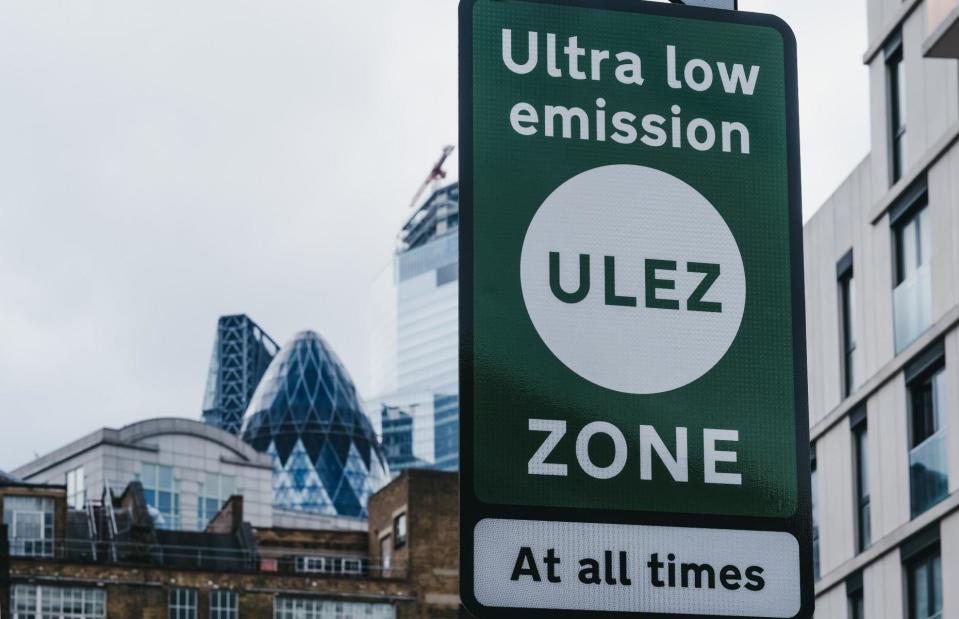
Alena Veasey/Shutterstock
In a bid to reduce the continent’s carbon footprint, more and more low emissions zones are cropping up all over Europe and placing restrictions on petrol and diesel vehicles passing through major cities such as London, Paris and Madrid. Not only does driving a car in these zones result in huge charges to compensate for the environmental impact of the journey, but it can also mean you’re stuck in traffic jams that eat into the enjoyment of your trip. While hiring a car is required to visit more rural, remote and coastal areas, you shouldn’t need one to get around cities.
It’s not just Amsterdam that loves a bike
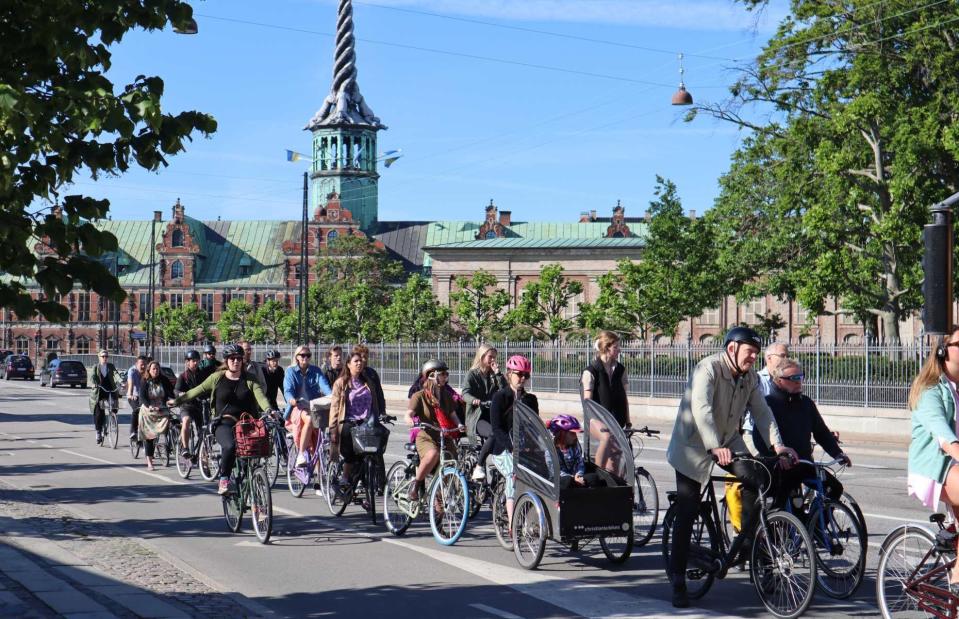
Andrei Antipov/Shutterstock
While the Dutch capital might be the poster-child for seeing the world on two wheels, it's not the only European city encouraging people to get on their bikes. Copenhagen (pictured) is another incredibly cycle-friendly city, where great bike bridges, explorative routes, designated lanes and hire schemes have all been created. If you are planning to cycle when you come to Europe, make sure to familiarise yourself with the road laws for cyclists in each of your destinations, as these can vary from country to country.
Should you really be worried about bedbugs?

TinoFotografie/Shutterstock
Social media ran riot in October 2023 with fear-mongering reports of bedbugs infesting the Paris metro, hotels and cinemas, sending Parisians and travellers into a panic about getting bitten and taking the little blighters home with them. But despite the frenzy, health officers and dermatologists have said that the French capital’s bedbug problem is no worse than in other cities around the world. So while they’re a nuisance, they shouldn’t put you off travelling.
Now discover the fascinating secrets of Europe's most eerie abandoned places,,,


